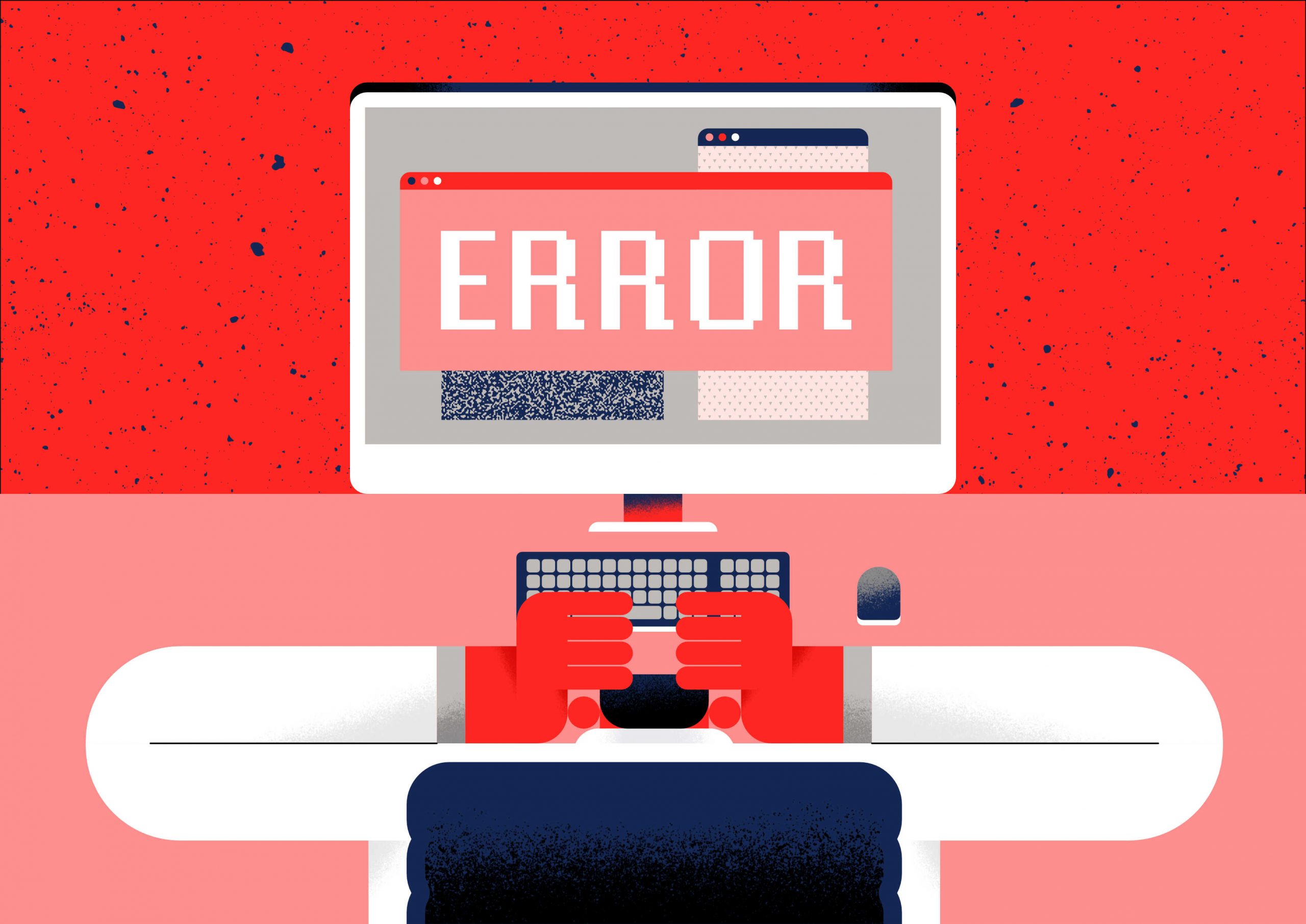Holter ECG analysis available anytime and anywhere, in just 4 clicks. Is it possible?
In this series of articles, we have already revealed two major challenges that cardiologists are struggling with in their daily practice. These are the inaccuracy and the time-consuming nature of manual Holter ECG analysis. Now it’s time to uncover the last challenge that we discovered cooperating with hundreds of cardiologists and practitioners from more than 15 countries. In most cases, our thesis has been confirmed – Holter ECG analysis is difficult and complicated, both in terms of the required skills and the medical software that is used for analysis.
Tedious and outdated Holter ECG analysis
Traditional Holter ECG analysis conducted manually by a cardiologist is complicated and requires a lot of effort. When a Holter examination is carried out, the nurse has to upload the raw signal from the Holter device to a computer, and then the physician creates their own report, based on their current knowledge and experience. Thus, the doctor needs to be experienced, precise, and vigilant to be able to prepare such a report correctly. Why?
The software currently used by most health institutions is not very user-friendly. It can only suggest that there are some heart rhythm abnormalities in the signal, but it does not indicate where they are, how long they last, or what they really mean in terms of the whole signal. Thus, the doctor needs to do a lot of manual work, clicking multiple options on the computer and deciding if the software’s suggestion is reliable or not. It also requires a lot of counting when a doctor wants to know what the share of arrhythmias in the signal is. What makes the whole process even more inconvenient is the fact that in order to prepare a report, the physician needs to first clean up the signal by removing noise and artifacts, which is very time-consuming, not to mention the fact that traditional software often makes mistakes, interpreting noise as arrhythmia.
Therefore, performing a detailed and reliable ECG analysis with traditional software is a tedious and demanding process. This is why reports created manually by cardiologists are often poor in descriptions and figures, making them hard to read by patients or even other doctors.
It’s also worth mentioning that with traditional software, doctors only have access to the recorded ECG signals on the computer in their hospital or clinic, which can be challenging when they need to carry out analysis at the same time or want to create reports while away from the hospital.
Leave the analysis to the algorithms and focus on diagnosis and treatment
Manual Holter ECG analysis seems to be quite obsolete and inefficient when it comes to the challenges of modern cardiology and the high demand for cardiac care. With artificial intelligence, ECG analysis can be easier and more accessible. Cardiomatics is a solution that can make Holter ECG analysis much easier and more user-friendly.
It is a web-based application, which means that Holter ECG analysis reports are available anytime and anywhere from a desktop, laptop, or smartphone. Cardiomatics offers an intuitive interface and easy-to-read ECG reports. What’s more, it’s a truly hardware-agnostic platform for arrhythmia diagnostics and is compatible with more than 25 common ECG recording devices ranging from modern Holter Patches to classic multi-lead Holters. Cardiomatics gives the doctor the final report and all they need is just a couple of minutes to assess actionable results and make a diagnosis.
Cardiomatics, together with the American Heart of Poland, conducted a 1-year pilot programme that aimed to support AHP in Holter ECG analysis using AI algorithms. The pilot project showed that the implementation of Cardiomatics is a seamless process, both in terms of system installation and technology integration, as well as training. The biggest advantage was that the Cardiomatics platform was compatible with the AHP’s Holter devices, so it was quickly incorporated into the existing workflow and didn’t require any additional costs from the clinic. It was also of great benefit to the patients, who did not notice any change as the doctors simply used the same Holter recorders as before.
“For months, we have been using the Cardiomatics service, which significantly reduces our everyday workload by analyzing ECG signals and providing us with valuable results. Our experience with this system is very promising, and we would like to continue working with it,” said Beata Biedulewicz, M.D., internist, geriatrician, PAKS.
“The analysis of Holter recordings with conventional Holter software was complicated and required a lot of effort. The web-based platform is very simple and user-friendly. After uploading the raw signal of the ECG, we get access to a detailed report within a few hours,” said Prof. Michael Kühne MD, Head of Clinic Atrial Fibrillation at University Hospital Basel in Switzerland.
Hundreds of GPs and cardiologists use the Cardiomatics solution every day, streamlining workflow and saving valuable time. Would you like to improve your Holter ECG analysis?

